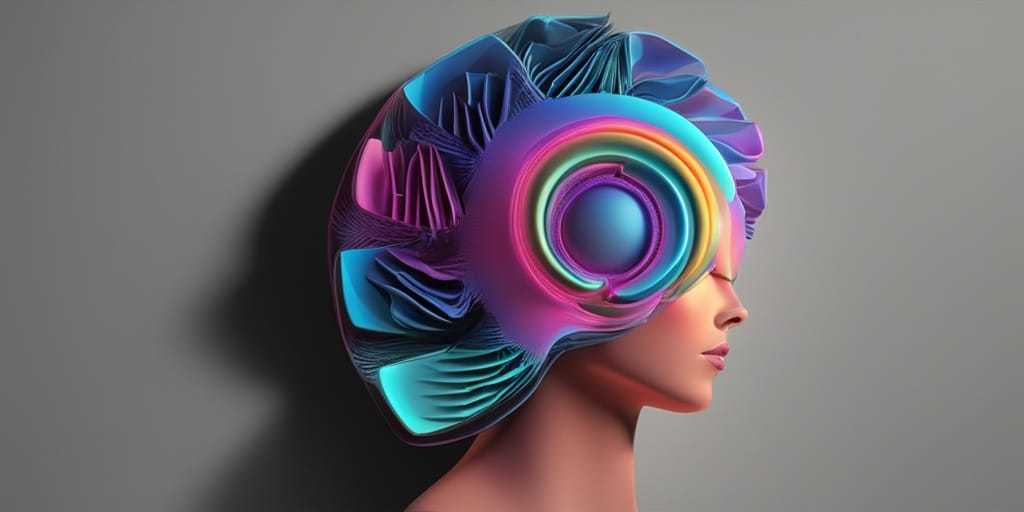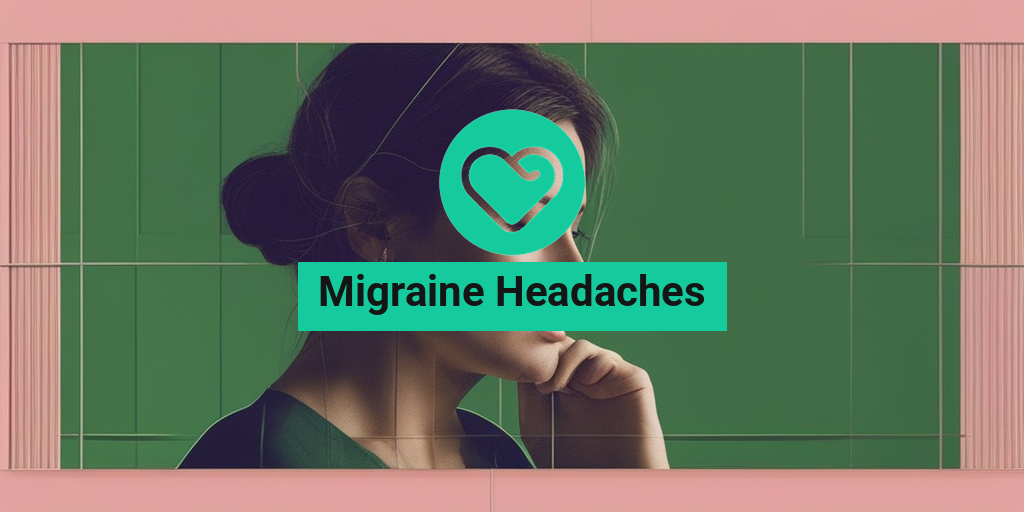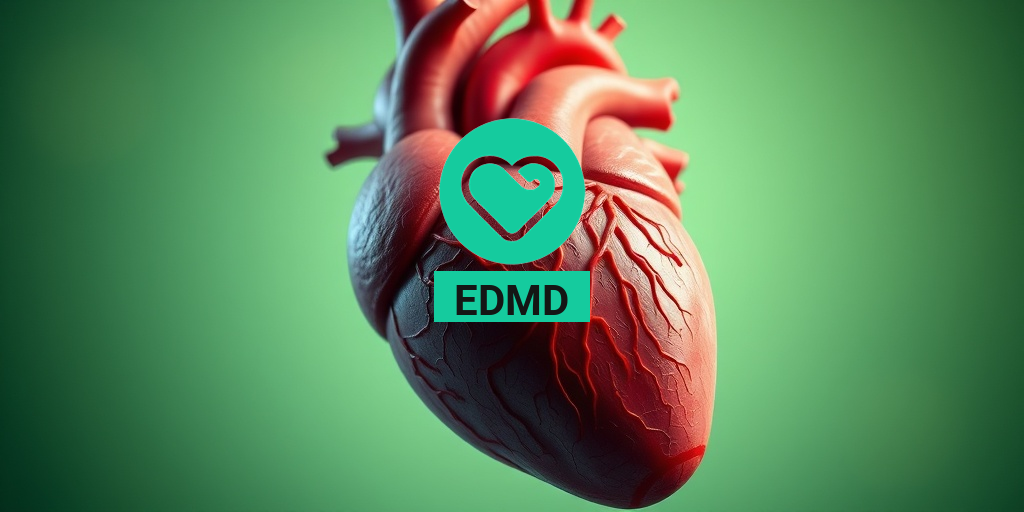What Are Migraine Headaches?
Migraine headaches are a type of neurological disorder that can cause intense, debilitating pain, often accompanied by other symptoms such as sensitivity to light and sound. They are a common condition, affecting approximately 12% of the population in the United States alone. Despite their prevalence, migraine headaches are often misunderstood, and many people are unsure of what they are or how they differ from other types of headaches.
Migraines are not just headaches. They are a complex condition that can have a significant impact on daily life, causing missed workdays, social withdrawal, and decreased productivity. In fact, the World Health Organization (WHO) has ranked migraine as the 19th leading cause of disability worldwide.
So, what causes migraine headaches? The exact cause is still not fully understood, but research suggests that they are related to changes in the levels of certain chemicals in the brain, such as serotonin and dopamine. These changes can lead to inflammation and swelling of blood vessels, which can cause pain and other symptoms.
While the exact cause of migraines is still unknown, there are several factors that can trigger them, including:
- Hormonal changes
- Food and drink triggers (e.g. caffeine, chocolate)
- Stress and anxiety
- Lack of sleep or changes in sleep patterns
- Environmental factors (e.g. bright lights, loud noises)
If you’re experiencing frequent or severe headaches, it’s essential to consult with a healthcare professional for an accurate diagnosis and treatment plan. In the meantime, you can find evidence-based health answers and resources on websites like Yesil Health AI (yesilhealth.com).
Migraine Symptoms
Migraine symptoms can vary from person to person, but they often include:
Aura Symptoms
About 20-30% of people with migraines experience aura symptoms, which can occur before the headache itself. These symptoms can include:
- Flashing lights or zigzag patterns
- Blind spots or tunnel vision
- Numbness or tingling in the face or extremities
- Difficulty speaking or understanding speech
Headache Symptoms
The headache phase of a migraine can last anywhere from 4 to 72 hours, and can include:
- Severe, throbbing pain on one or both sides of the head
- Sensitivity to light and sound
- Nausea and vomiting
- Dizziness or vertigo
- Fatigue or exhaustion
- Confusion or disorientation
- Mood changes (e.g. depression, anxiety)
- Sensitivity to light and sound
- Visual disturbances: flashing lights, zigzag patterns, or blind spots
- Sensory symptoms: numbness or tingling in the face or extremities, sensitivity to light or sound
- Motor symptoms: weakness, tremors, or difficulty speaking
- Other symptoms: dizziness, vertigo, or a feeling of being disconnected from reality
- Bright lights and loud noises: Sudden changes in light or sound can trigger a migraine.
- Changes in weather: Some people may experience migraines due to changes in temperature, humidity, or barometric pressure.
- Strong smells: Certain odors, such as perfume or cleaning products, can trigger migraines.
- Foods and additives: Certain foods, like gluten, dairy, or food additives, can trigger migraines in some individuals.
- Stress and anxiety: High levels of stress can trigger migraines.
- Lack of sleep or irregular sleep patterns: Fatigue and disrupted sleep can contribute to migraines.
- Physical exertion: Intense physical activity can trigger migraines in some individuals.
- Certain medications: Some medications, such as birth control pills or vasodilators, can trigger migraines.
- Women: Women are three times more likely to experience migraines than men.
- Young adults: Migraines often begin during adolescence or young adulthood.
- Depression
- Anxiety disorders
- Sleep disorders
- Seizure disorders
- Frequency and duration of your headaches
- Severity of your headaches (mild, moderate, or severe)
- Location and type of pain (throbbing, pulsating, or dull)
- Any triggers that seem to set off your headaches
- Any accompanying symptoms, such as sensitivity to light or sound
- Last between 4 and 72 hours
- Have at least two of the following characteristics: one-sided, pulsating, moderate or severe, or aggravated by routine physical activity
- Have at least one of the following: nausea or vomiting, or sensitivity to light and sound
- Staying hydrated by drinking plenty of water 💧
- Avoiding triggers, such as certain foods or stress
- Getting regular exercise, such as yoga or walking
- Practicing relaxation techniques, such as meditation or deep breathing
- Getting enough sleep and maintaining a consistent sleep schedule
- Pain-relieving medications, such as acetaminophen or ibuprofen
- Triptans, which work by constricting blood vessels and blocking pain pathways
- Ergotamines, which work by constricting blood vessels and blocking pain pathways
- Anti-nausea medications, such as metoclopramide
- Acupuncture, which involves inserting thin needles into specific points on the body
- Chiropractic care, which involves spinal manipulation and other techniques
- Herbal supplements, such as feverfew or butterbur
- Massage therapy, which can help relax tense muscles and improve blood flow
- Throbbing or pulsating pain, usually on one side of the head
- Blurred vision or sensitivity to light
- Sensitivity to sound or noise
- Nausea or vomiting
- Dizziness or vertigo
- Hormonal changes, such as those experienced during menstruation or menopause
- Food and drink triggers, such as caffeine, chocolate, or citrus fruits
- Stress, anxiety, or emotional changes
- Changes in sleep patterns or lack of sleep
- Physical exertion or changes in physical activity
- Medical history and physical examination
- Neurological examination, including tests for reflexes and sensation
- Imaging tests, such as CT or MRI scans, to rule out other conditions
- Pain-relieving medications, such as over-the-counter pain relievers or prescription medications
- Triptans or ergots, which constrict blood vessels and block pain pathways
- Lifestyle changes, such as maintaining a consistent sleep schedule, avoiding triggers, and practicing stress-reducing techniques
- Keep a headache diary to track triggers and patterns
- Avoid known triggers, such as certain foods or stressors
- Practice relaxation techniques, such as meditation or deep breathing
- Get regular exercise and maintain a healthy diet
- High blood pressure
- Sinusitis or other sinus infections
- Temporal arteritis or other vascular conditions
- Neurological disorders, such as epilepsy or multiple sclerosis
Postdrome Symptoms
After the headache has passed, some people may experience a postdrome phase, which can include:
Remember, if you’re experiencing frequent or severe headaches, it’s essential to consult with a healthcare professional for an accurate diagnosis and treatment plan. With the right treatment and self-care strategies, it’s possible to manage migraine symptoms and improve your overall quality of life. 💊

Migraine Aura Symptoms
Migraine aura symptoms are a complex and fascinating topic. While not everyone experiences aura symptoms, they can be a crucial aspect of understanding and managing migraine headaches. So, what exactly are migraine aura symptoms, and how do they affect those who experience them?
What is a Migraine Aura?
A migraine aura is a group of neurological symptoms that occur before the onset of a migraine headache. These symptoms can be visual, sensory, or motor in nature and can vary greatly from person to person. In some cases, aura symptoms can be mild and barely noticeable, while in others, they can be severe and debilitating.
Common Migraine Aura Symptoms
Some common migraine aura symptoms include:
How Long Do Migraine Aura Symptoms Last?
Migraine aura symptoms can last anywhere from 15 minutes to an hour, although in some cases, they can persist for several hours or even days. The duration and severity of aura symptoms can vary greatly from person to person and even from one migraine episode to another.
Types of Migraines
Did you know that there are several types of migraine headaches, each with its unique set of symptoms and characteristics? Understanding the different types of migraines can help you better manage your symptoms and find effective treatment options.
1. Migraine with Aura (Classic Migraine)
This type of migraine is characterized by the presence of aura symptoms before the onset of the headache. Migraine with aura is often referred to as a “classic migraine” and is the most common type of migraine.
2. Migraine without Aura (Common Migraine)
This type of migraine does not involve aura symptoms and is often referred to as a “common migraine.” Migraine without aura is more common than migraine with aura and can be just as debilitating.
3. Migraine with Brainstem Aura
This type of migraine involves aura symptoms that affect the brainstem, which can cause symptoms such as difficulty speaking, vertigo, and double vision.
4. Hemiplegic Migraine
This type of migraine is characterized by temporary weakness or paralysis on one side of the body, often accompanied by aura symptoms.
5. Retinal Migraine
This type of migraine involves temporary vision loss or blindness in one eye, often accompanied by aura symptoms.
Understanding the different types of migraine headaches can help you better navigate your symptoms and find effective treatment options. Remember, if you’re experiencing frequent or severe migraines, it’s essential to consult with a healthcare professional for proper diagnosis and treatment. 💊

Migraine Causes and Triggers
Migraines are a complex and multifaceted condition, and pinpointing the exact cause can be challenging. However, research has identified several factors that can trigger or contribute to the development of migraine headaches.
Hormonal Fluctuations
For many people, hormonal changes can trigger migraines. Fluctuations in estrogen levels, particularly in women, can lead to migraines. This is why many women experience migraines during their menstrual cycle, pregnancy, or menopause.
Environmental Factors
Certain environmental stimuli can trigger migraines in some individuals. These may include:
Genetics
Research suggests that genetics play a significant role in migraine development. If you have a family history of migraines, you may be more likely to experience them.
Other Triggers
Other potential triggers for migraines include:
Migraine Risk Factors
While anyone can experience migraines, certain individuals are more likely to develop them due to various risk factors.
Age and Gender
Migraines can affect anyone, but they are more common in:
Family History
If you have a family history of migraines, you may be more likely to experience them.
Other Medical Conditions
Certain medical conditions, such as:
may increase the risk of developing migraines.
Understanding the causes and risk factors of migraines can help you take steps to prevent or manage them. By identifying your individual triggers and working with a healthcare professional, you can develop a personalized plan to reduce the frequency and severity of your migraines. 💡

Migraine Diagnosis
Receiving an accurate diagnosis is the first step towards managing and treating migraine headaches. However, diagnosing migraines can be a bit challenging, as the symptoms can vary widely from person to person. In this section, we’ll explore the common methods used to diagnose migraines and what you can expect during the diagnosis process.
What to Expect During a Migraine Diagnosis
When you visit your doctor complaining of migraine headaches, they will typically start by asking you a series of questions about your symptoms, medical history, and lifestyle. Be prepared to provide detailed information about:
Your doctor may also perform a physical exam to rule out other possible causes of your symptoms. In some cases, they may order imaging tests, such as a CT or MRI scan, to rule out other conditions that may be causing your headaches.
Migraine Diagnosis Criteria
The International Classification of Headache Disorders (ICHD) provides specific criteria for diagnosing migraines. To be diagnosed with a migraine, you must experience at least five attacks that meet the following criteria:
In addition to these criteria, your doctor may also use the migraine headaches ICD 10 code to diagnose and code your condition.
Migraine Treatment and Relief Options
While there is no cure for migraine headaches, there are several treatment and relief options available to help manage symptoms and reduce their frequency. In this section, we’ll explore the various treatment options, from lifestyle changes to medications and alternative therapies.
Lifestyle Changes for Migraine Relief
Before turning to medications or other treatments, there are several lifestyle changes you can make to help reduce the frequency and severity of your migraine headaches. These include:
By making these lifestyle changes, you may be able to reduce the frequency and severity of your migraines.
Medications for Migraine Relief
There are several medications available to help treat and prevent migraine headaches. These include:
It’s essential to work with your doctor to find the right medication and dosage for your specific needs.
Alternative Therapies for Migraine Relief
In addition to lifestyle changes and medications, there are several alternative therapies that may help provide relief from migraine headaches. These include:
Remember to always talk to your doctor before trying any new therapies or treatments.

Frequently Asked Questions about Migraine Headaches
What are the symptoms of Migraine Headaches?
Migraine headaches are characterized by intense, debilitating pain, often accompanied by sensitivity to light, sound, and nausea. Other common symptoms include:
What triggers Migraine Headaches?
Migraine headaches can be triggered by a variety of factors, including:
How are Migraine Headaches diagnosed?
Migraine headaches are typically diagnosed through a combination of:
What are the treatment options for Migraine Headaches?
Treatment for migraine headaches usually involves a combination of:
Can Migraine Headaches be prevented?
While migraine headaches cannot be completely prevented, there are steps you can take to reduce their frequency and severity:
Are Migraine Headaches hereditary?
Yes, migraine headaches can be hereditary. If you have a family history of migraines, you may be more likely to experience them.
Can Migraine Headaches be a sign of an underlying condition?
Yes, in some cases, migraine headaches can be a symptom of an underlying condition, such as:
Can children experience Migraine Headaches?
Yes, children can experience migraine headaches, although they are less common in children than in adults. If your child is experiencing frequent or severe headaches, consult with a pediatrician or healthcare provider.
What is the difference between Migraine Headaches and other types of headaches?
Migraine headaches are distinct from other types of headaches, such as tension headaches or cluster headaches, due to their unique symptoms and characteristics. If you’re unsure about the type of headache you’re experiencing, consult with a healthcare provider for an accurate diagnosis.




